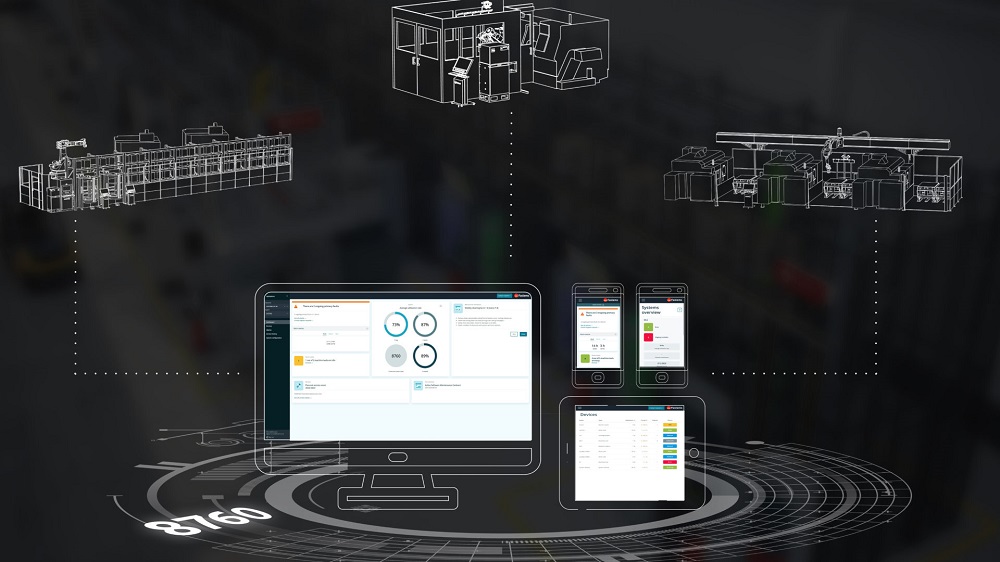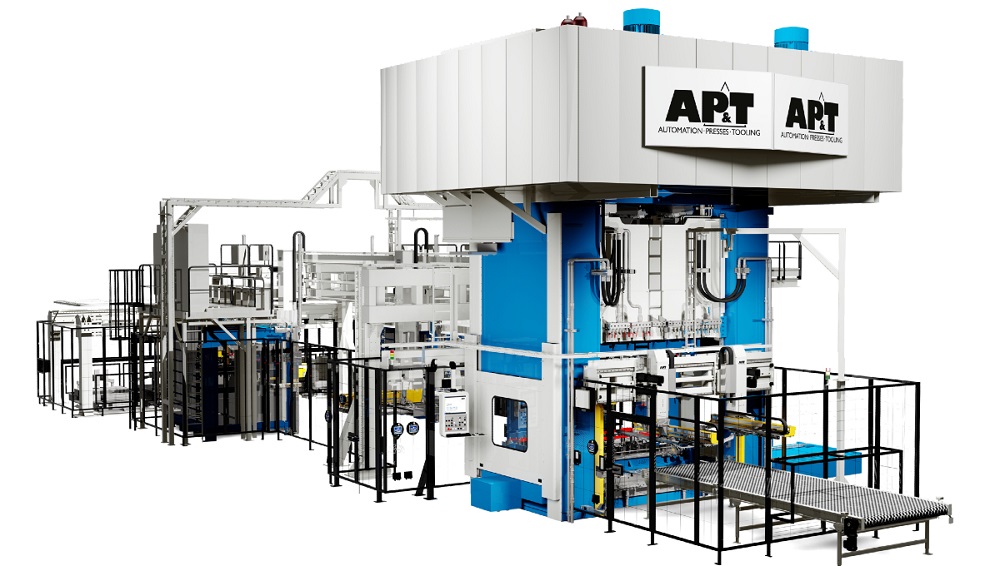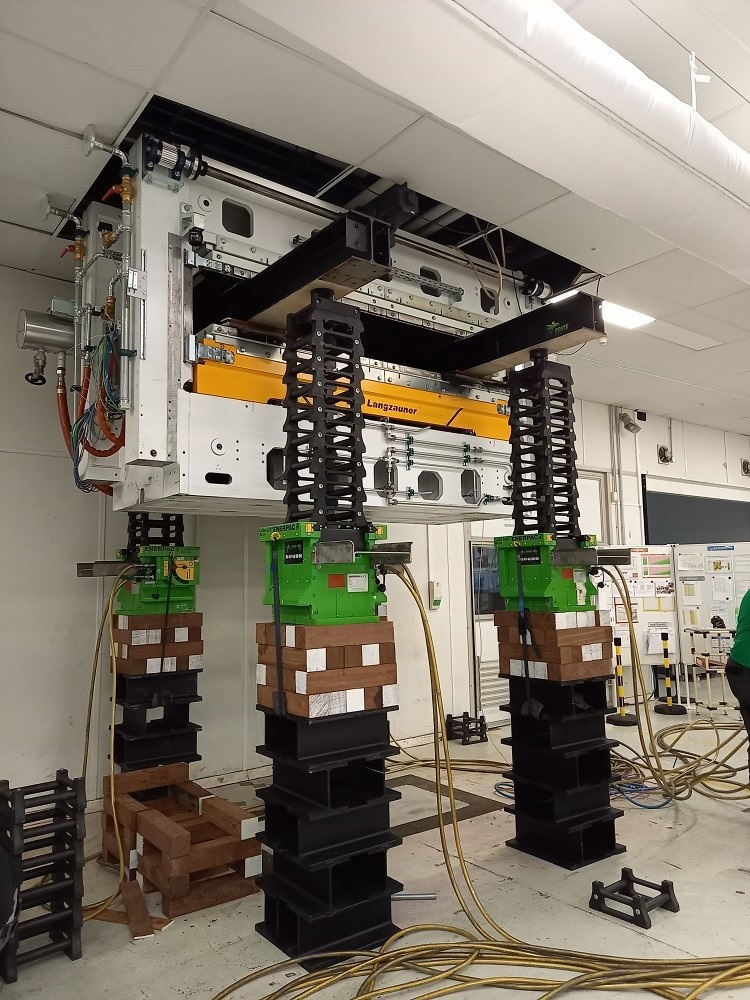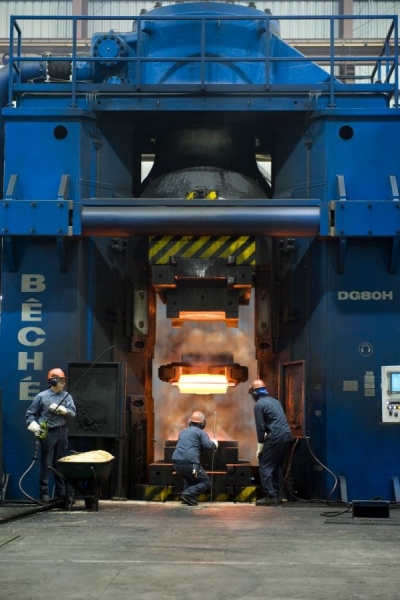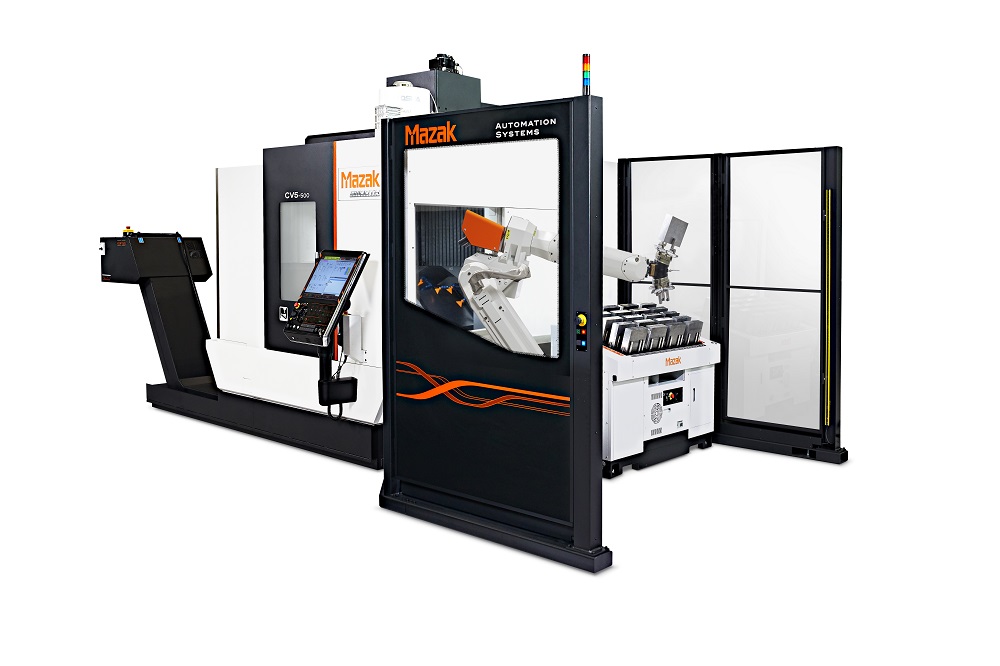MyFastems is a complementary service for all existing and new Fastems customers, providing more advanced digital services especially for those using Manufacturing Management Software (MMS) version 6+. Fastems´ first software-as-a-service provides digital tools to support all Fastems customers in increasing their availability and productivity, making sure their systems are up and running 24/7.
The digital service is built as a progressive web application for easy access via web-browser on the PC, tablet or smartphone.It can also be combined with other services such as 8760 support, preventive maintenance and software maintenance agreements for optimised solutions throughout the whole lifecycle. MyFastems is available for all current Fastems automation systems and will be pre-installed for new systems in the future.
Notably, MyFastems brings transparency to any Fastems systems service history and spare parts usage, and includes comprehensive system overview for connected systems, as well as alarm-based recovery instructions and support request tickets. The system overview provides updated statuses of all connected Fastems systems, making it easy for users to stay on top of production activities and solve any issues in a timely manner. Whatever situation occurs, Fastems support is only one click away: MyFastems provides convenient access to creating support and service request tickets. Having all necessary information, Fastems’ technical support can understand the situation on site better and faster, to reduce the critical downtime of the systems.
For connected systems, MyFastems provides more advanced digital services. These include access to alarm history, key performance indicators such as utilisation rate, tools for advanced troubleshooting, and analyses via ‘Incidents’ view, which groups system-wide alarms based on the actual root cause and provides specific recovery instructions.
For further information www.fastems.com







